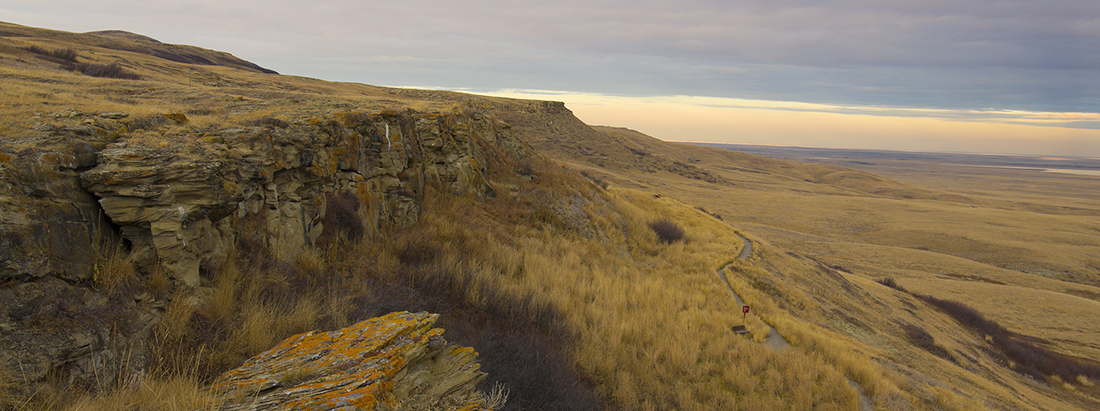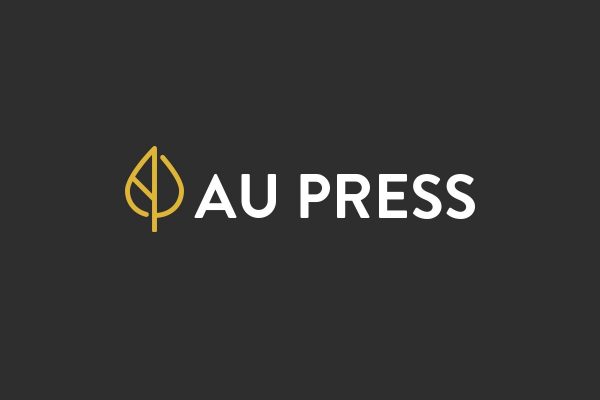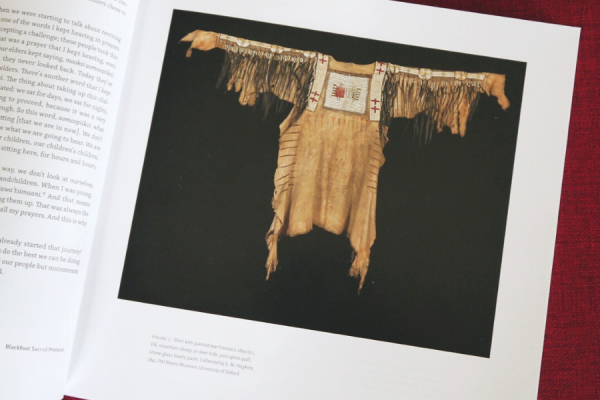International Museum Day was founded in 1977 as a day to celebrate the importance of museums to the development of society. Every year, on May 18, museums around the world offer free admission, special events, and tours. Each year is organized around a theme and this year’s theme is “Museums and contested histories: Saying the unspeakable in museums.”
Museums are a critical part of society and play an important role in the preservation of culture. As public-facing institutions they also engage with society as places of information and education. Patrick Grant, author of The Letters of Vincent van Gogh found a wealth of information at the Van Gogh Museum in the Netherlands. Their collection of the artist’s letters is completely digitized and open to anyone looking to learn. In the case of Trevor Peck’s Light from Ancient Campfires, the Royal Alberta Museum contributed many of the images. Without the resources provided by museums, these research projects would be incomplete.
However, in the past, museums have been criticized for promoting incomplete histories told from the dominant culture’s perspective. Over the years, museums have recognized these contested histories and have taken steps toward including a multiplicity of voices.
 An example of such a change can be found in the 1990s when the Glenbow Museum in Calgary, Alberta began repatriating sacred objects to First Nations’ people. Gerald Conaty, the senior curator of ethnology at the Glenbow Museum, oversaw the return of more than 50 medicine bundles to Blackfoot and Cree communities. We Are Coming Home tells the story of the highly complex process of repatriation as described by both Conaty and the Piikani, Siksika, and Kainai elders.
An example of such a change can be found in the 1990s when the Glenbow Museum in Calgary, Alberta began repatriating sacred objects to First Nations’ people. Gerald Conaty, the senior curator of ethnology at the Glenbow Museum, oversaw the return of more than 50 medicine bundles to Blackfoot and Cree communities. We Are Coming Home tells the story of the highly complex process of repatriation as described by both Conaty and the Piikani, Siksika, and Kainai elders.
“Repatriation is a vital component in the creation of an equitable, diverse, and respectful society.” –Gerald T. Conaty
Almost a decade later, the Glenbow Museum, along with the Galt Museum in Lethbridge embarked on another relationship building project with Blackfoot communities. The University of Oxford’s Pitt Rivers Museum agreed to bring five Blackfoot shirts to the Glenbow and Galt Museums for exhibition but also for special “handling sessions” by the Blackfoot people in which they were able to touch the shirts. The Blackfoot shirts, which are a living presence, evoke a sense of continuity and inspire pride in Blackfoot cultural heritage. Visiting with the Ancestors gathers the reactions and reflections from the Blackfoot people as they reconnected with a part of their culture.

It is the history of the Blackfoot people that is integral to another AU Press publication, Imagining Head-Smashed-In. This story, written by Jack Brink, archaeology curator at the Royal Alberta Museum, records the cunning, danger, and triumph in the mass buffalo hunts and the culture they supported. However, Brink recognizes that his version of the story is not complete.
“We can only imagine the fury of the chase, the taste of dust in the mouths of hunters as they trailed the pounding hoofs of a stampeding herd. We imagine the easy camaraderie and placid banter of men and women as they peeled away the bloodsoaked hides of the slain animals. We imagine the chants of praise and thanks to the spirits, the songs that once echoed off the sheer cliffs, and the voices that will never be heard. Imagine how much is still untold.”
With these words, Brink leaves a space for more voices to share their perspective and experience. As public spaces, museums are open to everyone and the physical space held by museums and their exhibitions allows for a diversity of perspectives to echo through.
Whether you explore a museum today or read a book that was made possible by a museum, we hope that you think critically about what voices are present, what voices are missing, and what great potential museums hold to speak the not yet spoken.


